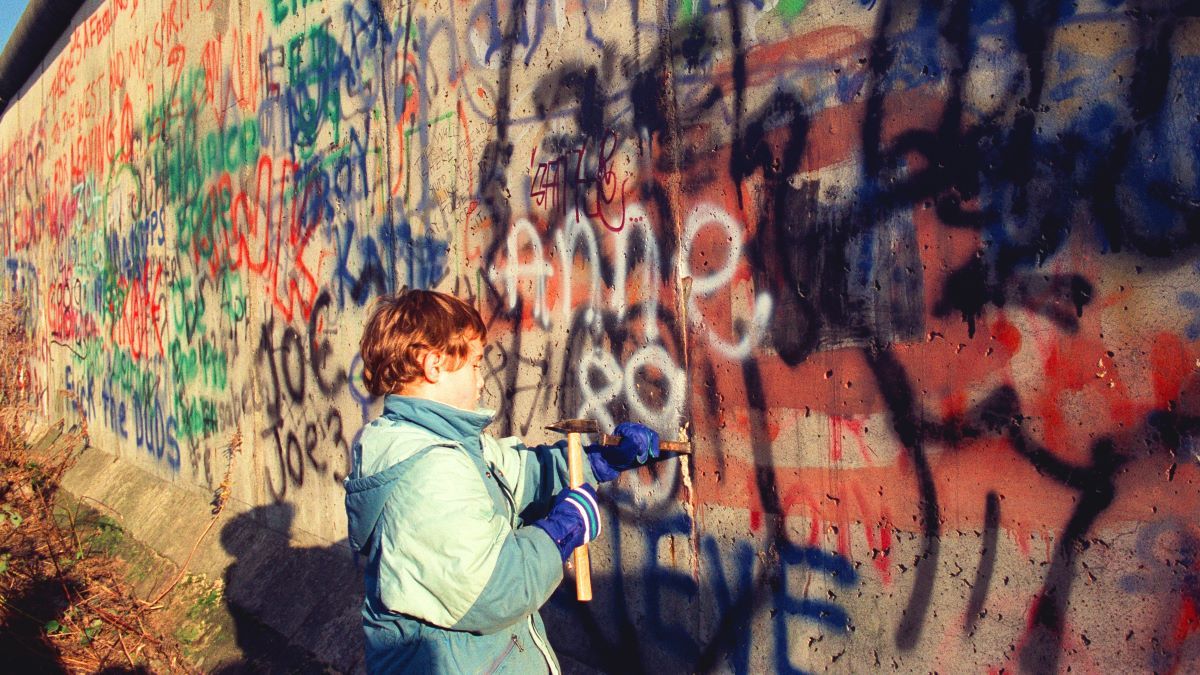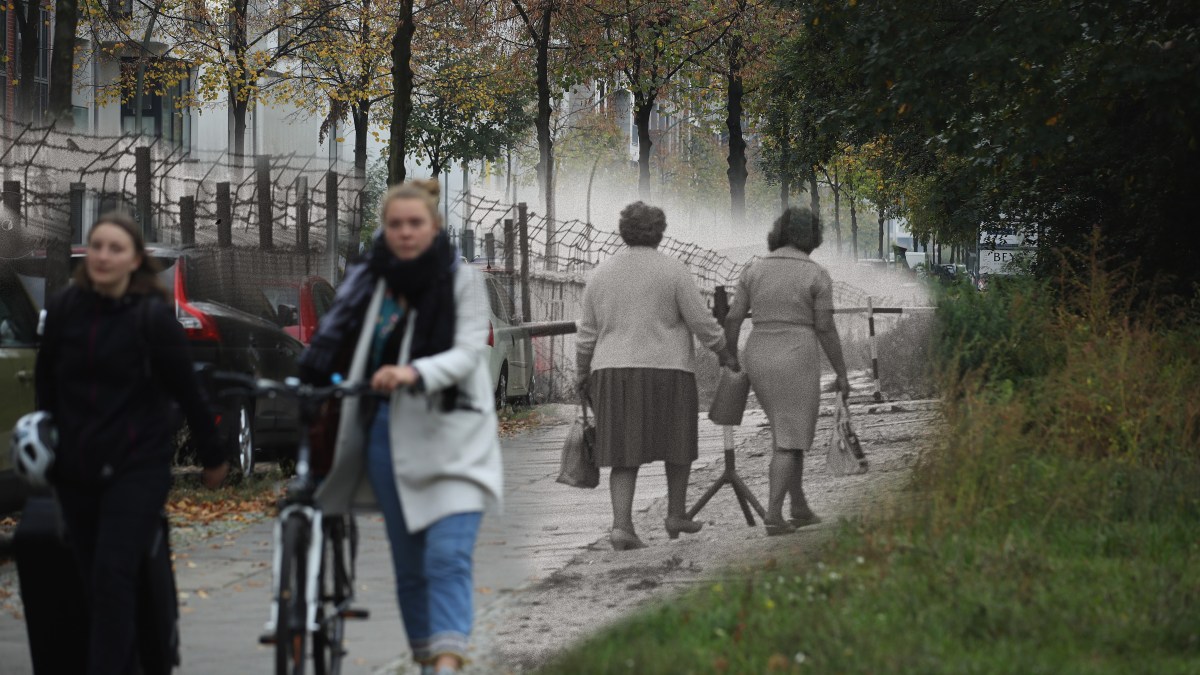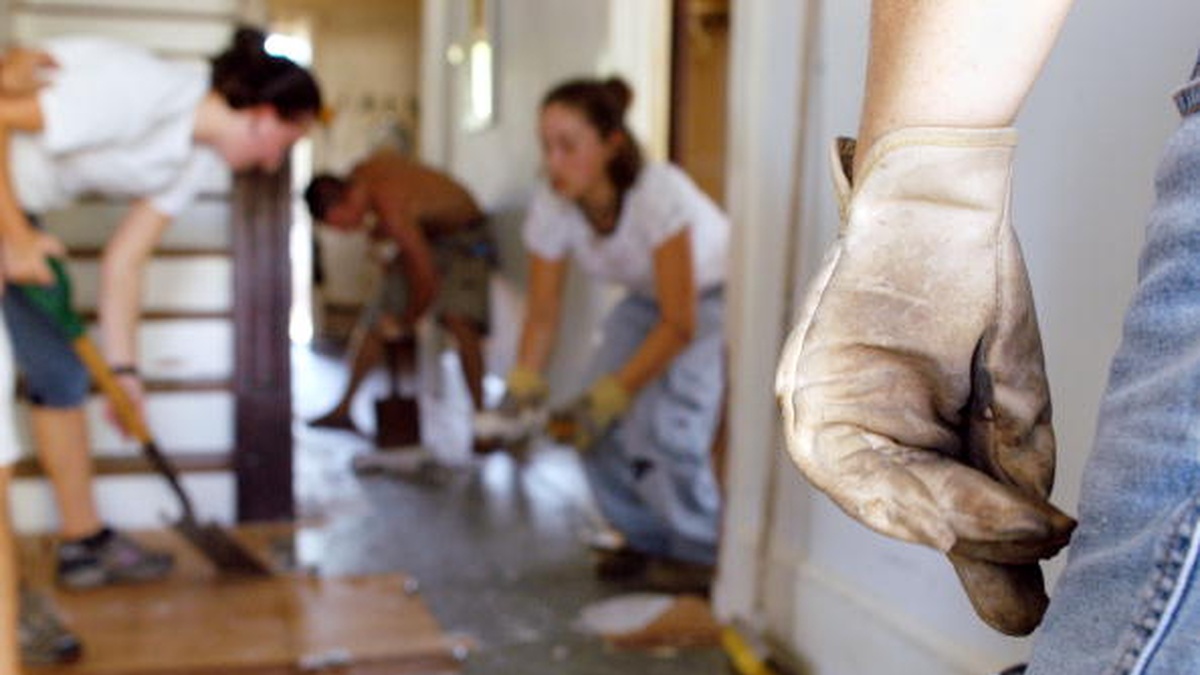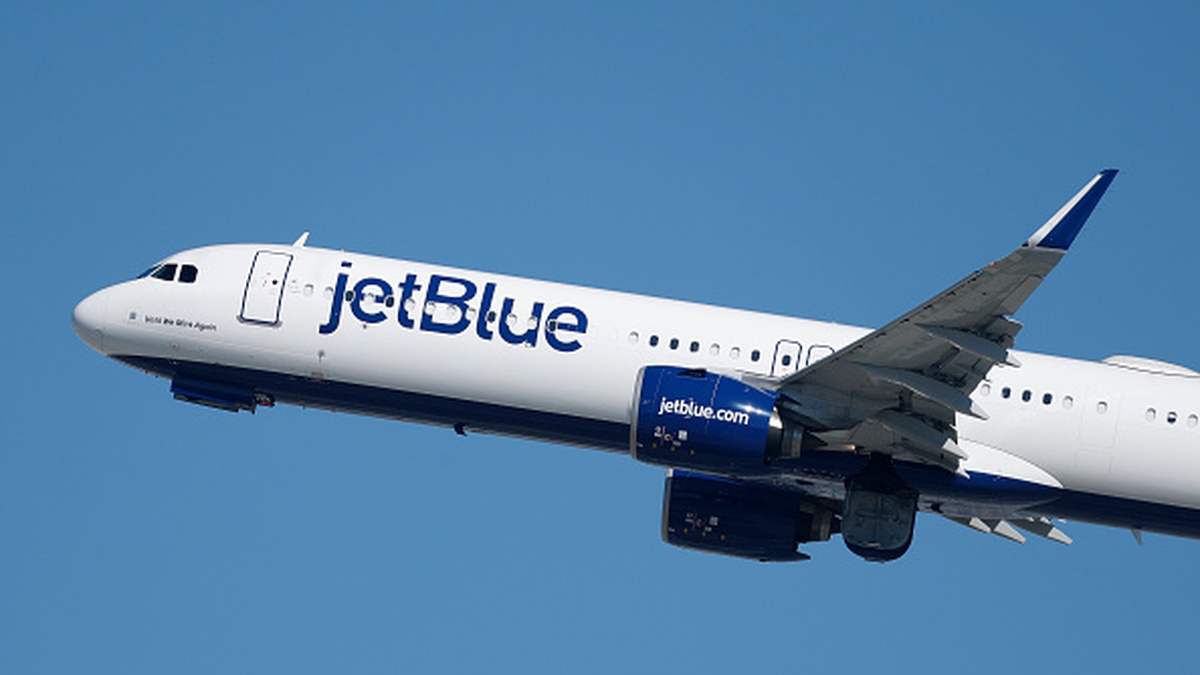There are few symbols of the Cold War as potent as the Berlin Wall. For almost three decades this concrete barrier encircled West Berlin, separating it from East Berlin. Armed guards were stationed along it to prevent crossings and many died in their attempts.
In Nov. 1989 it fell, with the event widely considered to mark the beginning of the fall of communism in Central and Eastern Europe, and the Cold War itself would officially end soon after in December. So, why was it built in the first place and how did it work?
The origins of the wall
The defeat of Nazi Germany by the United Kingdom, France, the United States, and the Soviet Union saw pre-war Germany carved into four occupation zones, each governed by one of the Allied powers. Berlin was entirely within the Soviet Union’s zone, but as it was the capital city, it was itself divided into four sectors.
Tensions arose between the Allied powers and soon the U.K., U.S.A., and France combined their sectors into a single zone to aid in reconstruction. Over in their zone, the Russians established a Soviet-style government in the East which came to be known as the GDR, while the West founded the Federal Republic of Germany. These two halves of Germany would be known as East Germany and West Germany and would be treated as separate countries.
Unfortunately for the Soviets, the quality of life in West Germany soon outpaced life in the East. So, all too understandably, East Germans began leaving en masse, using West Berlin as a springboard out of Soviet-controlled territory. In addition, having a city split into capitalist and communist halves saw its citizens directly comparing life between the two systems – with the Soviet side invariably coming off worse.
Barbed wire fences were erected between the city’s two halves, and East Berlin residents wishing to travel to West Berlin had to apply for “visit passes” from authorities. By the late 1950s there were heavy fines for unauthorized movement from East to West, but enforcing travel across the city was next to impossible.
Something had to be done to restrict movement. Some kind of… barrier.
The Wall goes up and, much later, comes down

On Aug 12. 1961 approval was given for the construction of what came to be known as the Berlin Wall. The East German Army closed the border, streets were torn up, barbed wire was erected, and fortifications were built. Later that month more permanent concrete blocks were being placed, along with chain link fences, guard posts, and minefields.
The Berlin Wall would go on to divide East from West until 1989 and was largely successful in its aim of preventing East Germans from crossing into the West. It wasn’t airtight – around 5,000 people made it over – but it was clearly enough of an obstacle to discourage many from attempting it.
If you visit Berlin you can still see surviving stretches of the wall, now preserved for historic reasons. But the majority of it has been smashed to bits and, frankly, good riddance.











Published: May 21, 2024 09:06 am